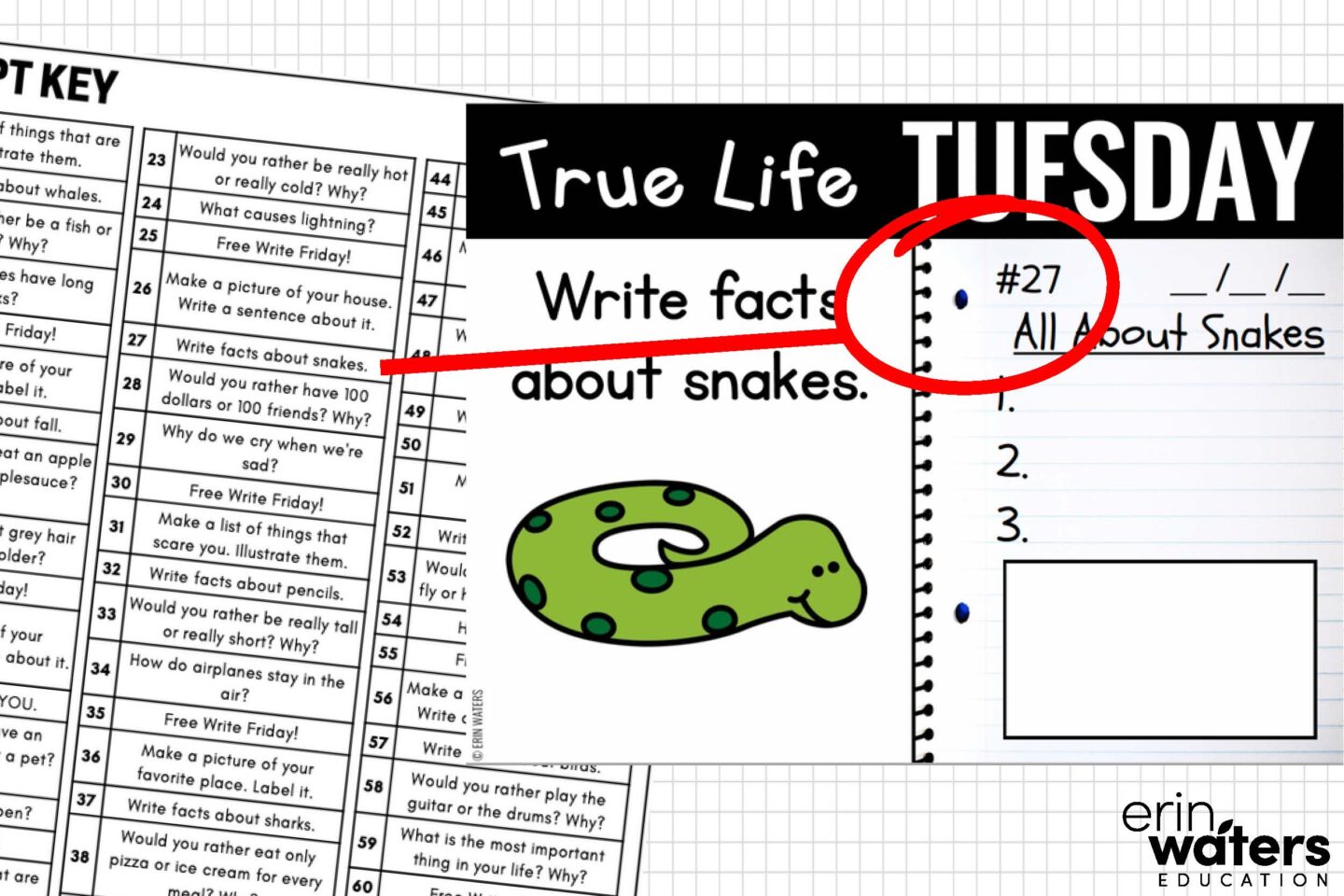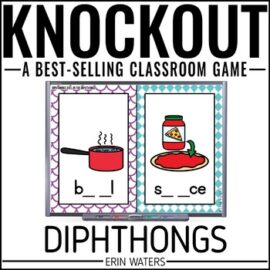Morning journals have long been a staple in the educational world, providing a platform for students to kickstart their day with written expression. However, it's time to breathe new life into this age-old practice. In this blog post, we're about to embark on a journey to discover five innovative and refreshing ways to use writing prompts in your classroom. From the dynamic world of partner writing to creative adaptations for different times of the day, this guide will help you reimagine the role of morning journals, making them a powerful tool for student engagement, learning, and growth.

Partner writing
Writing doesn't always have to be a solo activity. In fact, research has shown that writing with another person can generate more ideas, uncover different perspectives, and develop critical thinking skills. Students can respond to a morning work writing prompt with a partner using either of the following techniques:
1 – Write on the same page and take turns writing the words and drawing the picture
2 – Write on opposite pages of a 2-page spread and talk about responses
As you discover more ways to use writing prompts, remember to keep partner work in mind — it can take many forms!

Change when you use it: Don't use it in the morning
While I originally began using morning journals in, well, the morning, times have changed. Many teachers have seen the benefits of using morning bins for a softer start; while others have continued to use traditional printed morning work pages. If you are a fan of the paperless morning work but you are looking to change things up, consider using the digital writing prompts a different time of day.
New Ways to Use Writing Prompts: Use As a Writing Station
If you are already doing literacy centers, rotations, stations — whatever you want to call them — this is a great addition with almost no prep for you. Display the daily prompt on your whiteboard and remind students that when it's their turn to rotate to the writing station, they need to bring their journal, a pencil, and drawing supplies. Even if this isn't technically one of the new ways to use writing prompts, it's a good reminder that your writing station can be on the whiteboard!

New Ways to Use Writing Prompts: Use After Recess
Students can take a while to regulate their minds and bodies after a hot sweaty play session, so something to bring them back to the present learning environment is key. A read-aloud does the trick, although that can lead to some heavy eyelids. Another option is to display a writing prompt that students respond to for the handful of minutes they are transitioning back to the classroom.
This is a good option because this is also a time when there are drinks needed, lunch boxes being put away, and general housekeeping that can sometimes take 10 minutes. This way everyone has a purpose and a focus, allowing for a smooth transition.

Change how you use it: Don't use it as just a writing prompt
New Ways to Use Writing Prompts: For Homework or UnHomework
While these prompts started digitally to save myself the MOST time possible, I have created several versions based on requests. These now include printable prompts, strips of paper that students can paste into notebooks instead of using a digital prompt and sentence frame.
You can use these printables for homework, or if you are in the anti-homework camp and use UnHomework you can use them that way too! The printable feature allows for a super easy print-and-go situation (Bonus: this works well for last-minute sub plans too!)

New Ways to Use Writing Prompts: Assessment
While you might have mandated writing assessments in your district, it's always nice to have a formative assessment that you can use to show growth in a less formal way. These journals are so good when used as a student writing portfolio; there is something about seeing a year's worth of writing in one place that gives me chills. It's so important for parents to see it! In fact, I recently added a prompt key so parents/teachers/grownups can see exactly which prompt corresponds to which reply.

Portfolios aren't exactly “assessments” but you can use individual prompts as “benchmark” prompts and ask students to reply to the same prompt each quarter. This way, the first quarter's reply is the baseline and each subsequent reply will show growth.
Morning journals don't have to be the same routine they've always been. We've just explored five super cool ways to jazz up those journals and make them more fun and engaging. From partner writing to using them after recess (genius, right?), or even as homework if you're into that kind of thing, these morning journals can be real game-changers. And let's not forget about how handy they are for keeping tabs on progress and showing off to parents! So, why stick to the same old script? Give these fresh ideas a shot and let your classroom mornings be a whole lot more exciting.








 Arm you with high-quality tools: Sleep peacefully at night knowing you’re doing what’s best for your students.
Arm you with high-quality tools: Sleep peacefully at night knowing you’re doing what’s best for your students. Save your energy: Provide resources that cost you little energy (that stuff is precious)---but have high impact on your students.
Save your energy: Provide resources that cost you little energy (that stuff is precious)---but have high impact on your students. Light your spark: Putting fun back into your classroom after the hardest teaching years can be just what you and your students need.
Light your spark: Putting fun back into your classroom after the hardest teaching years can be just what you and your students need.
Leave a Comment